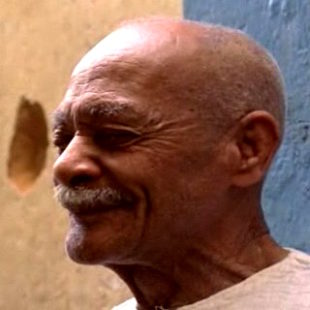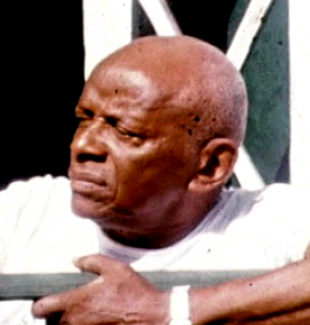Regional or Angola? This question is often asked in the world of Capoeira, but there is more than meets the eye, and, Capoeira cannot be constricted to merely these words.
Historically, these two styles emerged with the advent of Mestre Bimba and Mestre Pastinha respectively. The former, seeing the decline of Capoeira, its deterioration and a possible loss of interest from the Brazilian people, who were drifting toward new martial arts derived from other countries, wanted to reaffirm the martial aspect of Capoeira. He therefore incorporated certain movements from batuque (his father was a batuque champion) and from jiu-jitsu, in order to make Capoeira more effective and give it some authenticity. The efforts taken by Mestre Bimba not only helped create a new style of Capoeira, but also made its training legal as long as it was practiced within the premises of an academy. This led to a partial recognition of Capoeira by the Brazilian people. On the other hand, Capoeira Angola is Mestre Pastinha’s “expression”, who wanted to preserve the authentic form of Capoeira. The word Angola comes from the African country, where Capoeira originated.
Capoeira already existed before these two Mestres. If we go back to the time of slaves, and if they did, in fact, already practice Capoeira, it would be easy to understand that the art form practiced then, was different. At the time, the slaves were brought from various coastal countries in Africa, and different tribe members were mixed among each other. If we believe that Capoeira originated from slaves, we then have to admit that slaves from diverse background created this blend of fighting styles that were unique to each of them. Since each slave group was different, we can go even further, and assume that each slave group had its own style of Capoeira.
This brings us back to the question, Angola or Regional? Let’s add another complication. It is becoming more and more common to hear about Capoeira Contemporanea. This phrase is ever increasingly being used in the world of Capoeira, and it represents groups that play Capoeira Angola and Capoeira Regional. There are also groups that no longer trouble themselves with such categorization, and they can be regarded as having adopted a Stylised Capoeira where the ginga no longer holds any real importance and in which the aesthetics and the spectacular aspects of movements (often acrobatic) become a priority. In that case, how does one characterise oneself? It is difficult to obtain a clear-cut response, because, in the same way that everyone has their own opinion, everyone also has their own style…
We can therefore essentially say that each Capoeira group has its own style and can consequently be called by its group name. Angola or Regional? No, no, Abada…
Things can become a little complicated when certain groups have various Mestres under them, and they each have different styles…. That’s a puzzle that is not easily solved. Some prefer to simplify things and stick to the classic response: “I am an Angoleiro/I practice Capoeira regional/Capoeira Contemporanea”, others respond by the name of their group or of their Mestre….
There is however an alternate solution to these questions and it may be much simpler than one would think. That is, to be part of those that play Capoeira. In the end, whatever may be the style used or the name given to it, the essence is to play Capoeira and to be able to play with others. It is therefore important to know the different styles of games played by the berimbau, because in the end, the berimbau is the only master. It is also important to respect the rules associated to each style so as not to mix everything, and to be able to fully appreciate each game and do justice to it.





